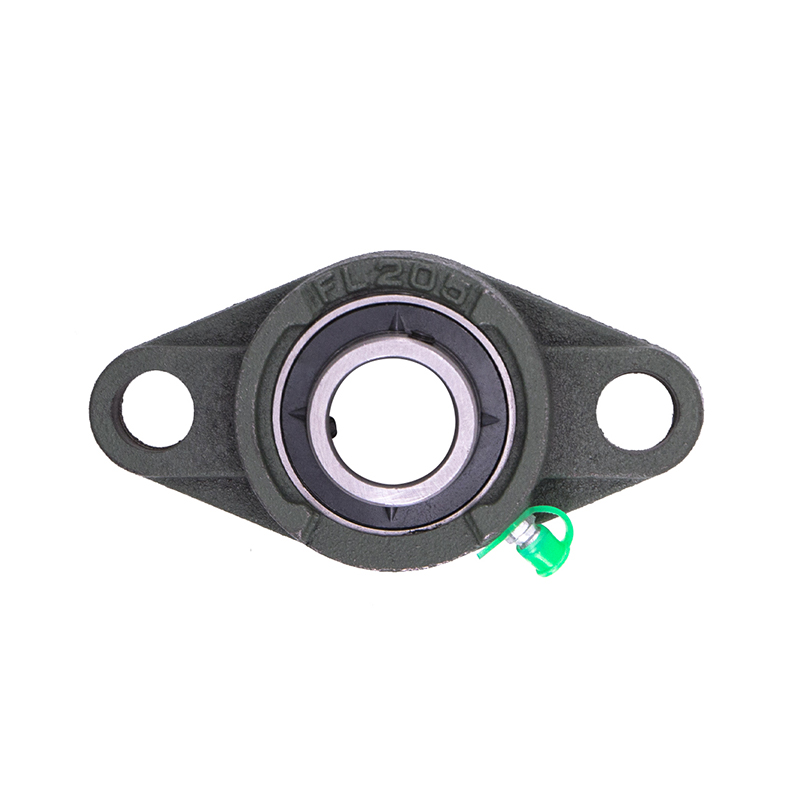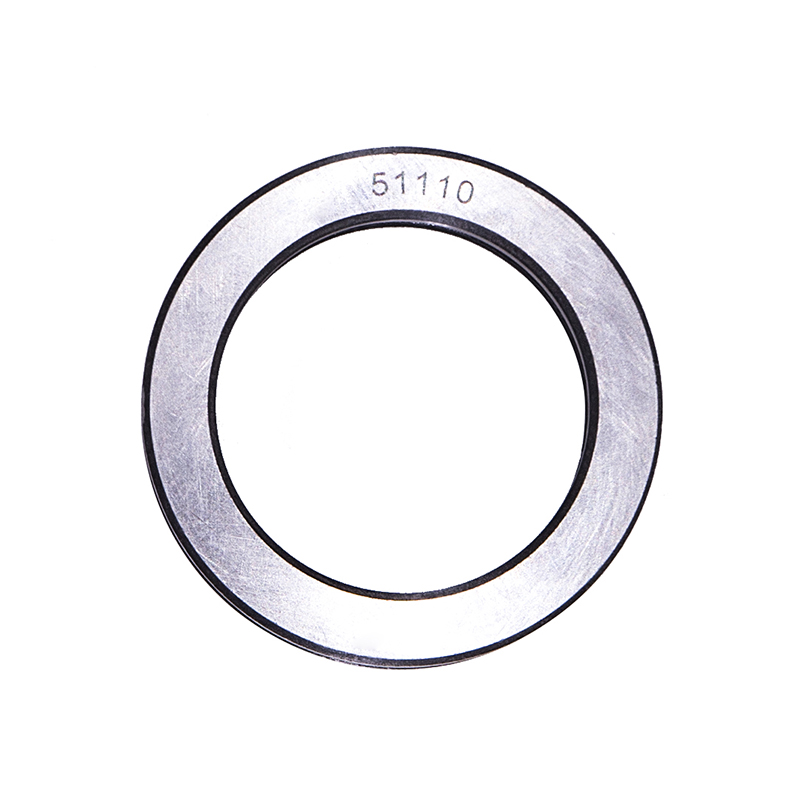-
 Wheel Hub Bearings
Wheel Hub Bearings -
 Wheel Hub Bearings
Wheel Hub BearingsDAC387436 DAC458045 Hub Deep Groove Ball Car Wheel Bearing
-
 Spherical Bearings
Spherical BearingsFL204 FL205 FL206 Stainless Steel Pillow Block Bearing
-
 Spherical Bearings
Spherical BearingsT204 T207 UC204 High Speed Insert Pillow Block Bearing
-
 Spherical Bearings
Spherical BearingsFC204 F210 Auto Wheels Bike Pillow Block Bearing
-
 Spherical Bearings
Spherical BearingsP207 206 205 203 High Precision Wheel Pillow Block Bearing
-
 Thrust Roller Bearings
Thrust Roller BearingsS51100 S51107 S51109 Car Wheel Plain Thrust Ball Bearing
-
 Thrust Roller Bearings
Thrust Roller Bearings51110 51107 51104 51206 High Speed Plain Thrust Ball Bearing
Key Bearings in Motorcycles: Steering Head, Rod, and Headstock Bearings
Industry news-Motorcycles rely on a variety of bearings to ensure smooth operation and safety. Among these, the steering head, rod, and headstock bearings are particularly critical. Each of these components plays a vital role in different parts of the motorcycle, contributing to its overall performance, stability, and handling.
Motorcycle Steering Head Bearing
The motorcycle steering head bearing, also known as the headset bearing, is crucial for the smooth and responsive steering of a motorcycle. Located in the steering head tube, it allows the handlebars to rotate freely, providing the rider with precise control over the direction of the bike.
Function and Importance
Steering Precision: Steering head bearings enable accurate and smooth steering, allowing the rider to maneuver the motorcycle with ease.
Stability: These bearings contribute to the overall stability of the motorcycle, especially at high speeds and during turns.
Safety: Properly functioning steering head bearings are essential for rider safety, preventing wobble or instability that could bring about accidents.
Maintenance
Regular maintenance of the motorcycle steering head bearing is essential to ensure performance. This includes:
Inspection: Regularly checking for signs of wear, such as play or roughness in the steering.
Lubrication: Ensuring the bearings are well-lubricated to reduce friction and prevent wear.
Adjustment: Periodically adjusting the bearings to maintain proper preload and alignment.
Motorcycle Rod Bearings
Motorcycle rod bearings, also known as connecting rod bearings, are integral to the engine's operation. These bearings are located between the connecting rods and the crankshaft, allowing for smooth rotation and reducing friction within the engine.
Function and Importance
Smooth Engine Operation: Rod bearings facilitate the smooth rotation of the connecting rods around the crankshaft, ensuring efficient engine operation.
Load Distribution: They help distribute the loads generated during combustion, reducing wear on the engine components.
Performance: High-quality rod bearings contribute to the overall performance and longevity of the engine by reduce friction and wear.
Maintenance
Maintaining motorcycle rod bearings involves:
Regular Inspection: Checking for signs of wear or damage, such as knocking noises or decreased engine performance.
Proper Lubrication: Ensuring the bearings receive adequate lubrication from the engine oil to prevent overheating and wear.
Timely Replacement: Replacing worn or damaged bearings promptly to avoid further engine damage.
Motorcycle Headstock Bearings
Motorcycle headstock bearings, often referred to as neck bearings, are located at the top and bottom of the steering head tube. These bearings support the front fork assembly and allow for smooth steering motion.
Function and Importance
Support and Stability: Headstock bearings provide crucial support for the front fork assembly, maintaining the stability of the motorcycle.
Smooth Steering: They enable smooth and precise steering movements, enhancing the rider's control over the motorcycle.
Load Bearing: These bearings bear the weight of the motorcycle's front end, distributing loads effectively to prevent premature wear.
Maintenance
Proper maintenance of motorcycle headstock bearings includes:
Routine Checks: Regularly inspecting the bearings for signs of wear, such as notchy or stiff steering.
Lubrication: Keeping the bearings well-lubricated to reduce friction and wear.
Replacement: Replacing bearings that show signs of damage or excessive wear to maintain steering performance and safety.
Motorcycle bearings are vital for ensuring smooth operation, stability, and safety. The steering head bearing, rod bearings, and headstock bearings each serve critical roles in different parts of the motorcycle, from steering precision to engine performance and front-end stability. Regular maintenance, including inspection, lubrication, and timely replacement, is essential to keep these bearings in condition and ensure the motorcycle performs reliably and safely.

 English
English русский
русский Español
Español
